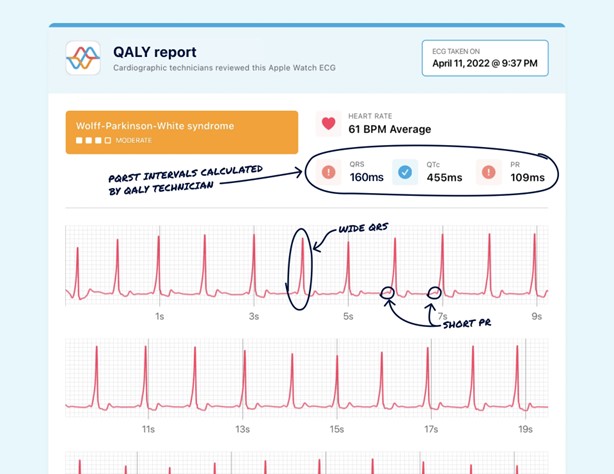A nurse is caring for a client who has metabolic alkalosis. For which of the following clinical manifestations should the nurse monitor? (Select all that apply.).
Lethargy.
Kussmaul's respirations.
Circumoral paresthesia.
Bicarbonate excess.
Flushing
Correct Answer : A,C,D
The correct answer is choice A, C, and D.
Choice A rationale:
Lethargy is a common symptom of metabolic alkalosis due to the body’s attempt to compensate for the altered pH balance, leading to decreased energy levels and fatigue.
Choice B rationale:
Kussmaul’s respirations are typically associated with metabolic acidosis, not alkalosis. These deep, labored breaths are the body’s way of trying to expel excess carbon dioxide to correct acidosis.
Choice C rationale:
Circumoral paresthesia, or tingling around the mouth, is a symptom of metabolic alkalosis. This occurs due to changes in calcium ion concentration affecting nerve function.
Choice D rationale:
Bicarbonate excess is a direct cause of metabolic alkalosis. Elevated bicarbonate levels in the blood lead to an increased pH, resulting in alkalosis.
Choice E rationale:
Flushing is not a typical symptom of metabolic alkalosis. It is more commonly associated with conditions that cause vasodilation or increased blood flow to the skin.
Nursing Test Bank
Naxlex Comprehensive Predictor Exams
Related Questions
Correct Answer is B
Explanation
Metabolic alkalosis.
Choice A rationale:
The given blood gas results show a pH of 7.53, which is alkaline (above the normal range of
7.35 to 7.45), and a high bicarbonate level of 36 mEq/L (normal range is 22 to 26 mEq/L). This combination indicates metabolic alkalosis, a condition where there is an excessive accumulation of bicarbonate in the blood, leading to increased pH.
Choice B rationale:
Metabolic alkalosis is characterized by increased blood bicarbonate levels, which can occur due to conditions like vomiting, diuretic use, or excessive ingestion of bicarbonate-containing substances. It results in symptoms such as muscle twitching, tetany, and respiratory depression.
Choice C rationale:
Respiratory alkalosis is characterized by an elevated blood pH and low carbon dioxide levels (hypocapnia). However, the bicarbonate level is not directly related to respiratory alkalosis, making this choice incorrect based on the given information.
Choice D rationale:
Metabolic acidosis is characterized by a decreased blood pH and low bicarbonate levels. The presented blood gas results show an alkaline pH and high bicarbonate, making this choice incorrect.
Correct Answer is C
Explanation
Widened QRS Complexes.
Choice A rationale:
Hyperactive deep tendon reflexes are not typical findings in respiratory acidosis. They are more commonly associated with conditions like hypocalcemia or hypercalcemia.
Choice B rationale:
Warm, flushed skin is not directly related to respiratory acidosis. It is not a typical manifestation of this acid-base imbalance.
Choice C rationale:

Widened QRS complexes on an ECG are characteristic findings in respiratory acidosis. Acidosis can lead to changes in the electrical conduction of the heart, resulting in QRS complex widening.
Choice D rationale:
Bounding peripheral pulses are not directly associated with respiratory acidosis. They may be seen in conditions like hyperthyroidism or anemia but are not specific to respiratory acidosis. Remember, always interpret lab results and clinical findings in the context of the patient's overall condition, medical history, and other relevant factors to provide the best care possible.
Whether you are a student looking to ace your exams or a practicing nurse seeking to enhance your expertise , our nursing education contents will empower you with the confidence and competence to make a difference in the lives of patients and become a respected leader in the healthcare field.
Visit Naxlex, invest in your future and unlock endless possibilities with our unparalleled nursing education contents today
Report Wrong Answer on the Current Question
Do you disagree with the answer? If yes, what is your expected answer? Explain.
Kindly be descriptive with the issue you are facing.
